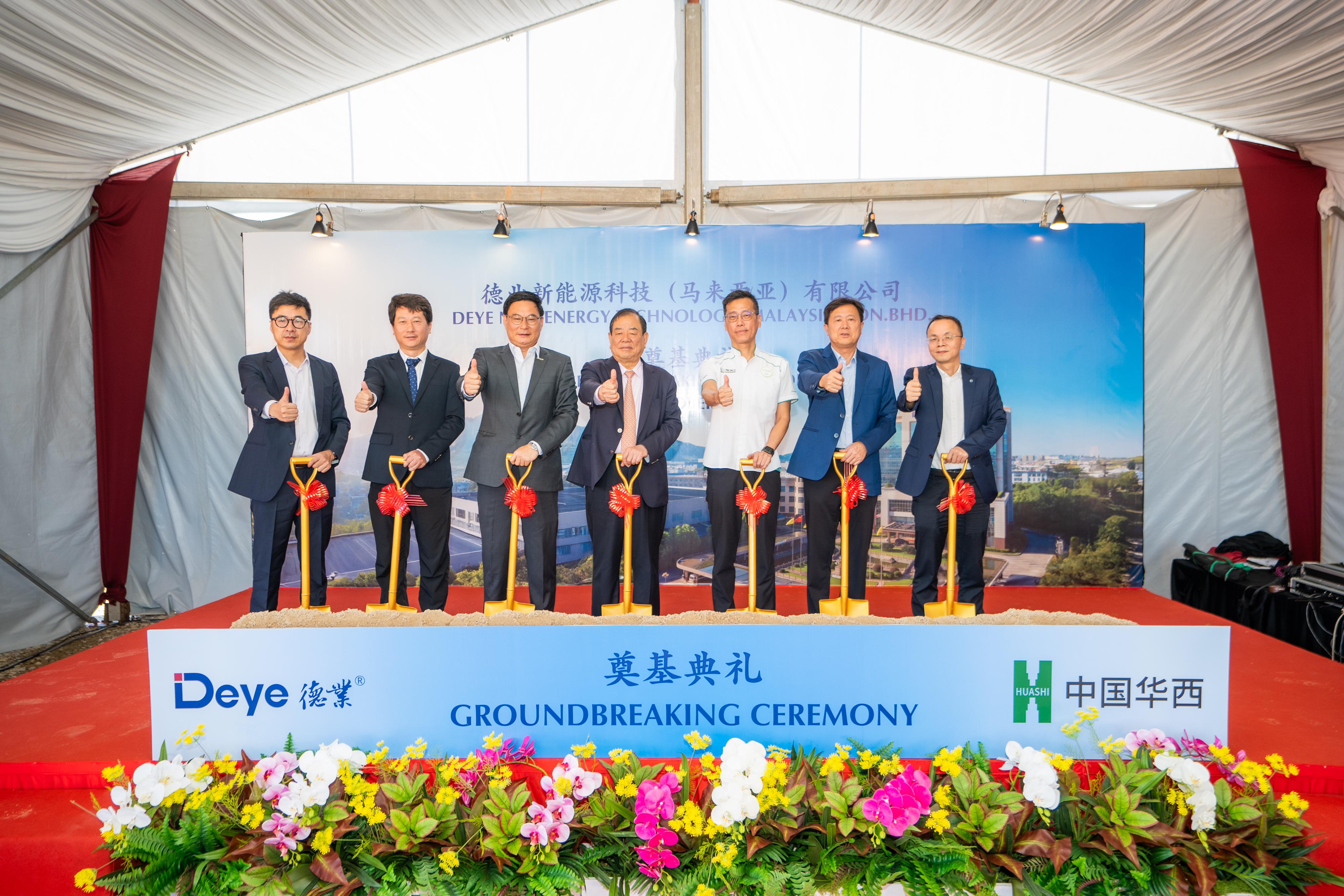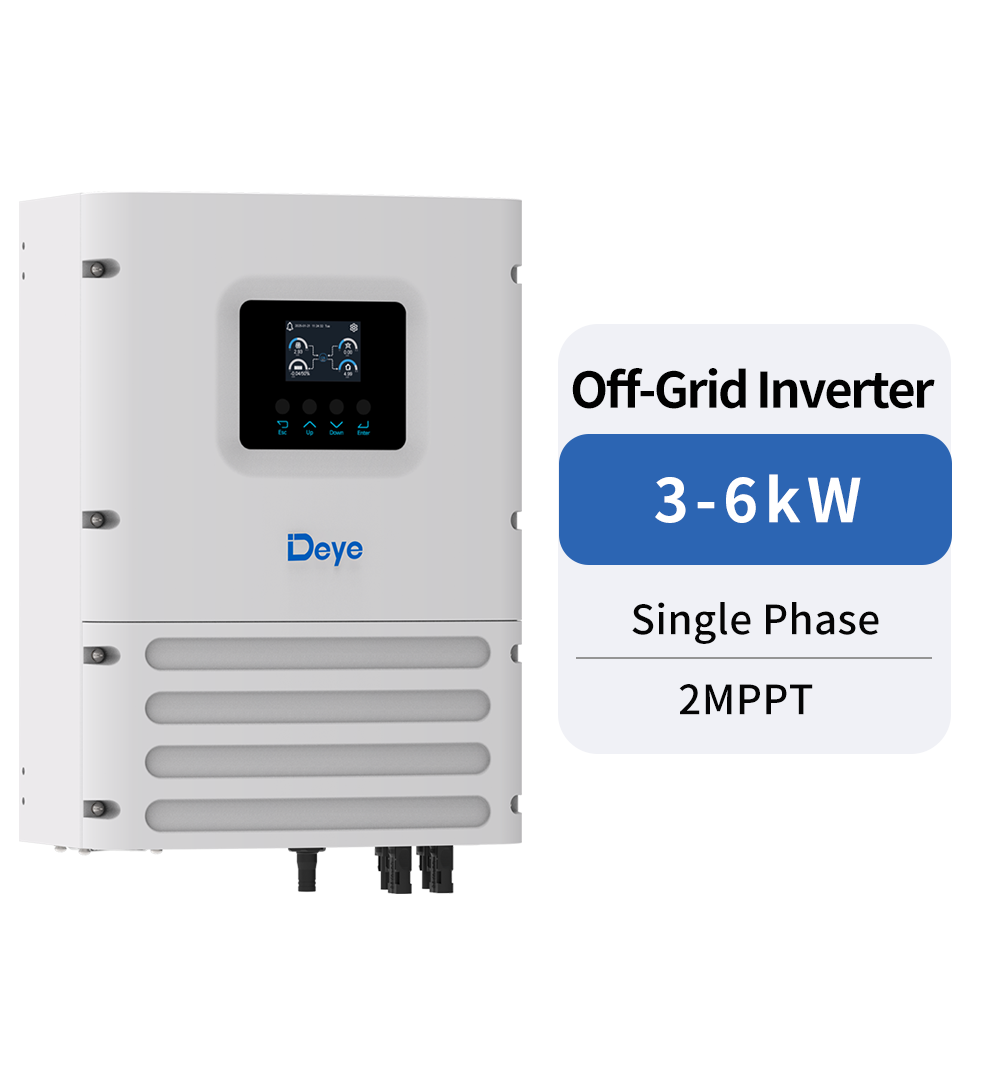Technical Topics
Know More Types of Inverters
An inverter's output voltage is expressed in a waveform. If there is no output transformer, the voltage is expressed in a square waveform. By contrast, a sinusoidal waveform is the usual waveform from an AC power supply. Sinusoidal waveforms are periodic, and the sum of their sine components is called a periodic waveform. The fundamental component of an AC power waveform is referred to as the fundamental component. The harmonics are the integral multiples of the fundamental frequency.
Modified sine wave inverters
Modified sine wave inverters generate AC power that closely matches the sine-wave. This power is square or stair-step shaped. This type of power is not recommended for medical or sensitive electronic equipment. This type of inverter can produce distortions in video quality, and it's not recommended for running a fluorescent light. Instead, use a pure-wave inverter to avoid potential damage to delicate equipment.
Modified sine wave inverters are used for a variety of applications. They're a great option for simple systems that don't require much power. They're also great for medical equipment and older, delicate devices. For example, modified sine wave inverters can be used with water pumps and old tube televisions. These inverters also work with old phone chargers. Modified sine wave inverters use the electrical polarity of the batteries, which is the positive (+) pole and the negative (-) pole. Modified sine wave inverters are convenient, cost-effective, and easy to operate.
A modified sine wave inverter is a cheaper alternative to pure-wave inverters. These inveters mimic a sine wave, but they use large steps instead of a single large step. While this makes the system suitable for simpler appliances, it's not the better choice for sensitive electronic equipment. It may damage sensitive electronics. But if you're looking to save money and energy, this type of inverter is your better bet.
If you need to run an appliance that requires AC power, then a modified sine wave inverter is the better option for you. These inverters are 80 percent efficient, which means that they're cheaper to buy and use. But the drawback of this type of inverter is that motors do not work with modified AC sine waves, and this can damage the inverter. So, the choice should depend on the specific needs of your home.
Pure sine wave inverters generate the same AC waveform, but use a higher frequency than modified sine waves. A modified sine wave inverter can also be used as a backup power source for your home. Regardless of the type of inverter you choose, it's worth spending some time researching the benefits and drawbacks of modified sine wave inverters. In fact, some of the better models on the market will allow you to charge your car while you're out hiking or camping.
Choosing the right type of inverter depends on your specific needs. If you don't care about the efficiency of appliances, modified sine wave inverters can be a good choice. On the other hand, if you want to avoid the risk of damage to sensitive electronics, you'll want to choose a pure sine wave inverter. They provide the better results for sensitive appliances. You should also choose one with a safety rating of ninety percent or higher.
Two-level inverters
Two-level inverters can be used to generate 'PWM' pulses for switches. The inverter generates these pulses by comparing a carrier wave and reference wave. The carrier wave should be higher in frequency than the reference wave. The waveform is compared to the input voltage to determine which one is the better one for the application. It can then be used to control switches. Here are some common applications of two-level inverters.
Conventional two-level inverters convert input DC to AC at a desired frequency and voltage. The inverter uses semiconductor power switches in a series-and-parallel configuration. A negative group switch produces a negative half-cycle while a positive group switches produces a positive half-cycle. It's possible to combine two-level inverters to produce the desired frequency and voltage. These inverters can be used for a variety of applications, including lighting and appliances.
Two-level inverters also produce power at a higher frequency than conventional inverters. They are designed to convert dc power to a higher frequency, which allows them to run more efficiently. As these inverters use two different voltages to produce an alternating current (AC) output, they will cause a disturbance in the output voltage. This is an ideal solution for some applications, but it's important to understand their limitations before installing one.
Multilevel inverters use diodes to control the voltage and current in each switch. This helps reduce the stress on other electrical devices. Multilevel inverters also have a limitation: their max. output voltage can only be half of the input voltage. However, this problem can be solved by increasing the number of switches and capacitors. These two devices work together in back-to-back power transfer systems and provide high efficiency.
The design of MLIs is much more complicated than that of two-level inverters. The new hybrid multilevel inverters are designed with a complex control technique. They use multiple power switches and voltage sources to create a single output voltage. As a result, they can be used in hybrid systems. A hybrid multilevel inverter uses multiple cascades of two-level inverters. This can increase the output voltage by multiple orders of magnitude.
Multilevel inverters are also known as cascaded switched diodes. They use several H-bridges connected in series. The result is a sinusoidal output voltage. The voltage is a sum of the voltages from each cell. The H-bridge multilevel inverter has a significant advantage over conventional multilevel inverters: it requires fewer components. This makes it suitable for static var generation.
Another common multilevel inverter is a three-phase six-level diode-clamped inverter. These units reduce switching losses. It also uses four capacitors instead of two. These capacitors are more efficient than a two-level inverter, and they have a longer lifespan than their two-level counterparts. These inverters are also a good choice for solar applications, as they do not require a lot of switching power.
Self-commutated inverters
Self-commutated inverters are devices that have two main branches which alternately conduct alternating current. Both branches are connected to a d.c. voltage source. The point of connection is called the phase terminal. The turn-off circuit is connected to the phase terminal. The main branch includes a commutating inductor and its auxiliary winding. The auxiliary winding is connected in series with diodes. The series connection allows the feedback of the excess energy present in the commutating circuit. The self-commutated inverter symmetrizes the commutating capacitor voltage.
Inverters that use the self-commutation technique are typically parallel or series-loaded. The overall circuit is under-damped. Because thyristors do not naturally pass through zero, they need auxiliary circuitry to force forward current to zero at appropriate moments. Self-commutation is important for SCRs, which are critical to some applications. The following table outlines some characteristics of self-commutated inverters.
The 1st step in integrating self-commutation technology into fuel cell power plants is to develop an efficient self-commutation inverter. The design should be compact, inexpensive, and easy to maintain. In addition, it should be able to follow the fluctuating output voltage and current. The ideal combination of the fuel cell and the inverter will reduce costs and plant size. Improvements in this design include the use of water instead of air cooling to cool the switching device. The elimination of the chopper improves the voltage of the cell.
The self-commutation technology used in self-commutated inverters is similar to that of line-commutated inverters. It is more likely to operate in self-commutation environments such as disconnected sectors of the grid. As a result, it is more reliable than line-commutation devices. Self-commutation inverters do not require any extra commutation circuitry.
A self-commutated inverter can be used to generate electricity independently of a utility. The self-commutation technology has two main types: voltage-fed self-commutated inverters and current-commutated inverters. The voltage-commutated self-commutation technology uses the DC side of the battery as a source of voltage and current. It also offers the flexibility of independent operation without requiring a utility connection.
A self-commutated inverter can generate high-frequency interference if there is no filtering in the circuit. These inverters have many switching cycles per period, which makes them susceptible to high-frequency interference. The interference can interfere with radio reception and other electronics. Therefore, filtering inverters are required for the better performance. The self-commutated inverter should be designed to avoid such problems.
The single gate-turnoff self-commutation inverters reduce the inefficiency of conventional inverters. They can be used in power converters up to 1 kW. This technology has many applications. Among them are emergency power, stationary polyphase motors and drives, and photovoltaic-power conditioning. This technology is also more energy efficient than traditional inverters. It also reduces the size and weight of the circuits.
PREV:Batteries For Your Solar Air Conditioner
NEXT:MPPT Solar Inverter
Share
Product recommendations
news recommendations
-

-
 Green Industry, Bright Future: Deye Distributor Summit – Dubai 2025 Concludes Successfully
Green Industry, Bright Future: Deye Distributor Summit – Dubai 2025 Concludes SuccessfullyIn November 2025, Deye Group successfully hosted the “Green Industry, Bright Future—Deye 2025 Dubai ...
-
 Deye’s Malaysia Johor Manufacturing Base Officially Breaks Ground — A Key Step Forward in Its Globalization Strategy
Deye’s Malaysia Johor Manufacturing Base Officially Breaks Ground — A Key Step Forward in Its Globalization StrategyOn October 2, 2024, Deye Group (hereinafter referred to as “the Company”) held a groundbreaking cer...

 China - 简体中文
China - 简体中文 Global - English
Global - English Brazil - Português
Brazil - Português Netherlands - Dutch
Netherlands - Dutch Italy - Italiano
Italy - Italiano Germany - Deutsch
Germany - Deutsch Spain - Español
Spain - Español France - Français
France - Français Vietnam - Tiếng Việt
Vietnam - Tiếng Việt Poland - Polski
Poland - Polski Australia - English
Australia - English


